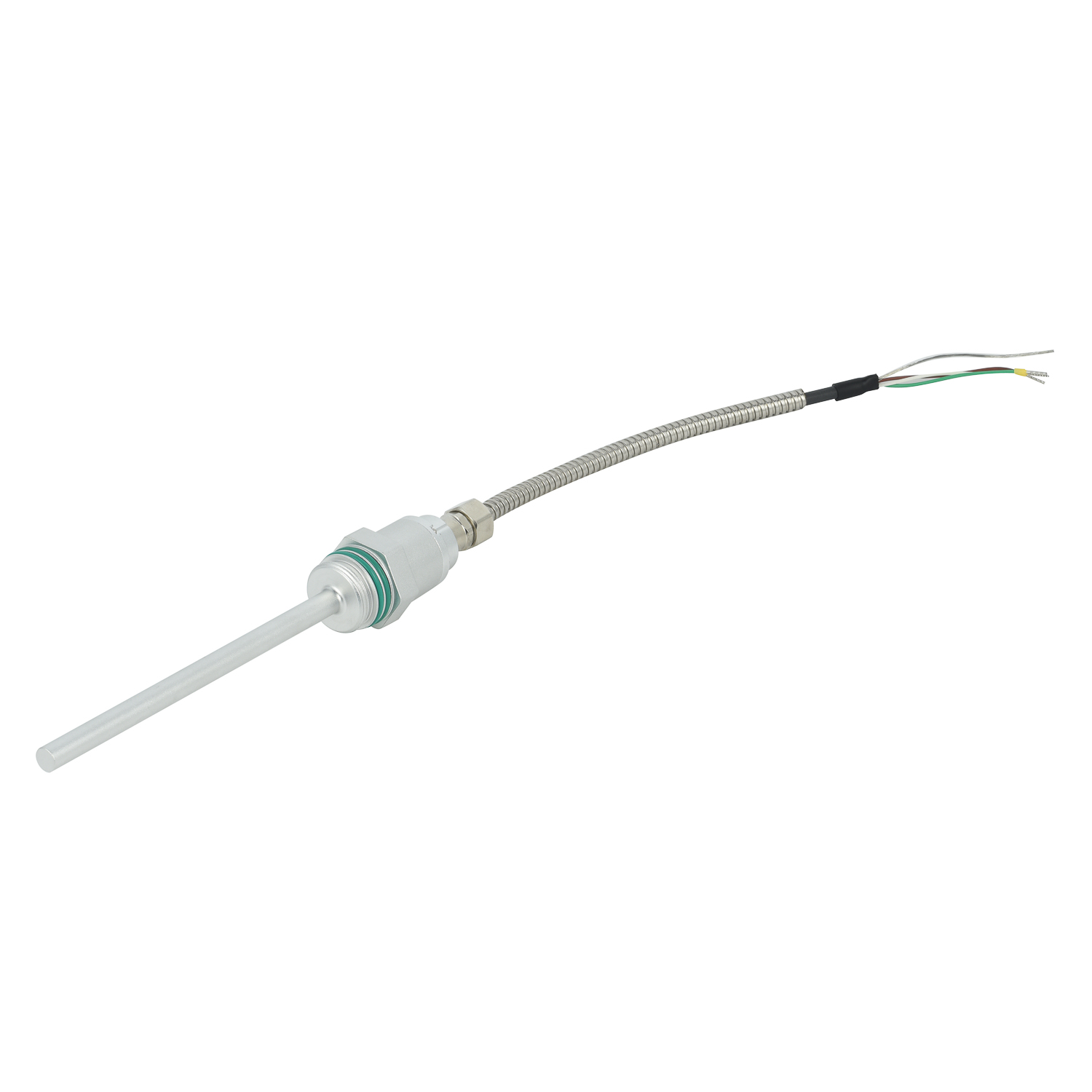How to achieve long-distance measurement with magnetostrictive sensors?
Understanding Magnetostrictive Technology
Magnetostrictive sensors operate on the principle of magnetostriction, where certain materials change their shape when subjected to magnetic fields. These sensors consist of three main components: a waveguide wire, a position magnet, and an electronic interrogator. When a current pulse is sent through the waveguide, it creates a circular magnetic field along its length. The position magnet's field interacts with this pulse, generating torsional stress waves that travel back to the sensor's pickup at a constant speed. By precisely measuring the time between pulse initiation and wave return, the system calculates exact positional data with remarkable accuracy, typically within microns.
Achieving Long-Distance Measurement Capabilities
Modern magnetostrictive sensors excel at long-distance measurement, typically covering ranges from 0.5 to 20 meters. The secret lies in the waveguide material's properties and sophisticated signal processing. Manufacturers use specialized ferromagnetic alloys that provide excellent wave propagation characteristics with minimal attenuation. Advanced electronics employ time-to-digital conversion techniques that maintain precision regardless of distance. For extreme lengths, sensors incorporate signal amplifiers and noise filtration systems that preserve data integrity. The non-contact measurement principle ensures that longer waveguides don't suffer from mechanical wear, maintaining accuracy throughout the sensor's operational life.
Key Advantages for Industrial Applications
These sensors offer exceptional benefits for industrial environments. Their non-contact operation eliminates mechanical wear, ensuring long-term reliability and reducing maintenance needs. They provide absolute position measurement, meaning they maintain accuracy even after power interruptions. The technology delivers simultaneous multiple position detection along a single waveguide, enabling sophisticated control systems. With typical resolutions reaching 1 micron and repeatability of 0.001% full scale, they outperform many alternative measurement technologies. Their robust construction allows operation in harsh conditions, including high temperatures up to 150°C and exposure to vibrations, making them ideal for heavy industrial applications.
Implementation Best Practices
Successful implementation requires careful consideration of several factors. Mounting stability is crucial—ensure the sensor body and waveguide are securely fixed to minimize vibration effects. Proper alignment between the position magnet and waveguide must be maintained within specified tolerances, typically ±2.5mm. Environmental protection measures should include appropriate IP-rated enclosures for dusty or wet conditions. Electrical installation requires proper shielding and grounding to prevent electromagnetic interference. Regular calibration checks against master gauges maintain measurement integrity. For longest distances, consider temperature compensation systems that account for thermal expansion effects on measurement accuracy.
Industry Applications and Case Studies
Magnetostrictive sensors serve critical roles across numerous industries. In hydraulic systems, they provide precise cylinder position feedback for construction equipment and industrial machinery. Manufacturing automation utilizes them for robotic positioning and conveyor system control. They enable accurate level monitoring in storage tanks for liquids and bulk materials. In renewable energy, they control turbine blade pitch and solar tracking systems. The transportation sector employs them for railway switching systems and aircraft flap control. Recent advancements include multi-axis position detection and integration with Industrial IoT platforms for predictive maintenance applications, further expanding their measurement capabilities.

 UpgradingYourLevelMeasurementS
UpgradingYourLevelMeasurementS
 Why are magnetostrictive level
Why are magnetostrictive level
 ComparingMagnetostrictiveandRa
ComparingMagnetostrictiveandRa
 MagnetostrictiveLevelSensorfor
MagnetostrictiveLevelSensorfor
